
https://www.glitter-graphics.com/images/t/b/480x60/3300/3300536u4yupkyo03.webp
The jobo is a wild fruit. Known among some people of other generations. In my childhood in the patio of the house that my father acquired was a very leafy plant I called it yellow plums, because they were big like the plums that ripen or harvest in Easter and it is already like a tradition, although sometimes we begin to see them after these dates by their times of maturation, instead these its shell was yellow, the leaves of the plant equal to the other plums already known. I don't think I have ever seen this type of tree again. We all liked it at home.
Of this type of jobos, my dad always told us that it was jobos, in my little head as a child and then adolescent the jobo I knew was this one. Then, I was introduced to another fruit and I was given the name of jobos, in my mind: this is not jobo for me, it was green shell that then turned yellow, it has pulp and also from its center come out as thorns. It is also very tasty, this type I like to eat it when I get my hands on it.
When I got my hands on this type of jobo, I told my husband that this is not a jobo, it looks like a plum...later I realized that it was a jobo.
I remembered the jobo juices that were made at home when there was a load of yellow jobos as I called them. So this is part of the story regarding this jobo juice.
https://www.glitter-graphics.com/images/t/b/480x60/3300/3300536u4yupkyo03.webp
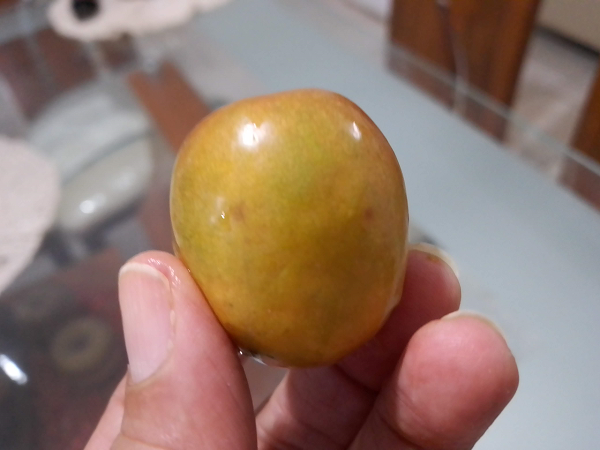
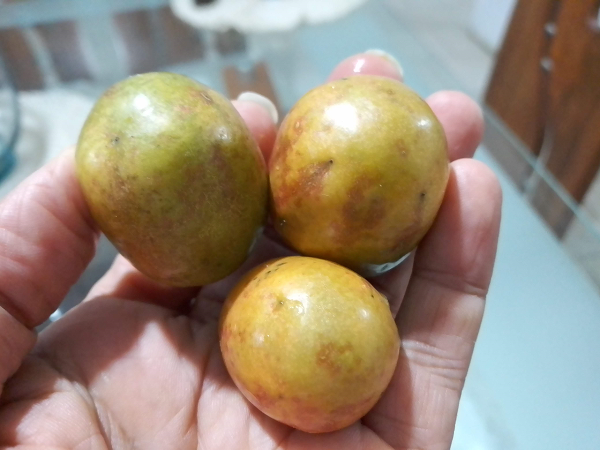
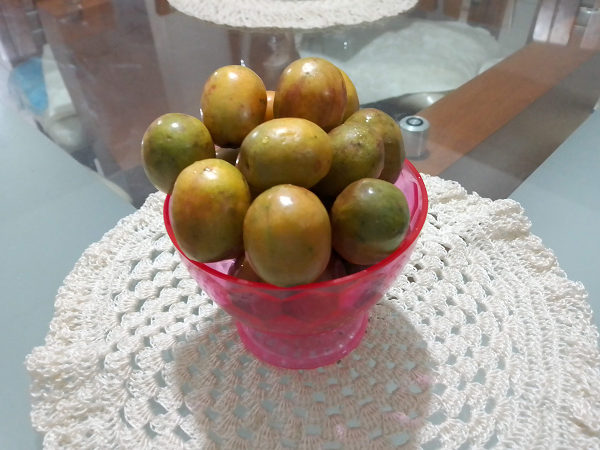
https://www.glitter-graphics.com/images/t/b/480x60/3300/3300536u4yupkyo03.webp
Preparación
½ kilo aproximadamente de jobos
1 litro de agua
Azúcar (opcional)
Implementos para realizar el proceso olla, colador, licuadora
Preparation
½ kilo approximately of jobos
1 liter of water
Sugar (optional)
Tools for the process: pot, strainer, blender.
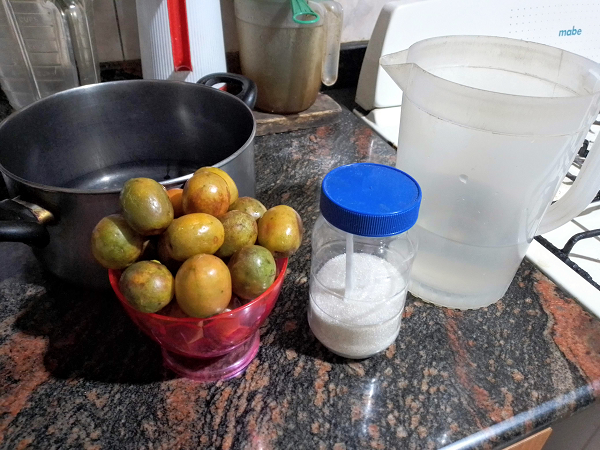
https://www.glitter-graphics.com/images/t/b/480x60/3300/3300536u4yupkyo03.webp
Put the water in the pot and add the jobos to cook over medium heat.
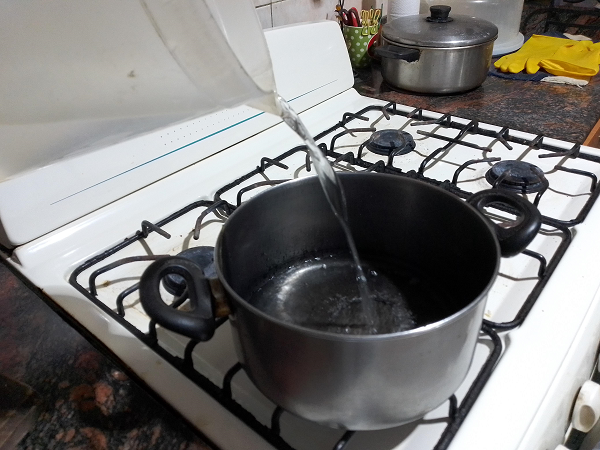
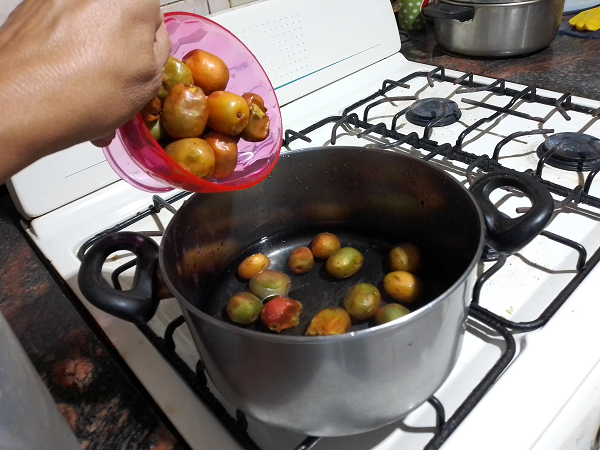
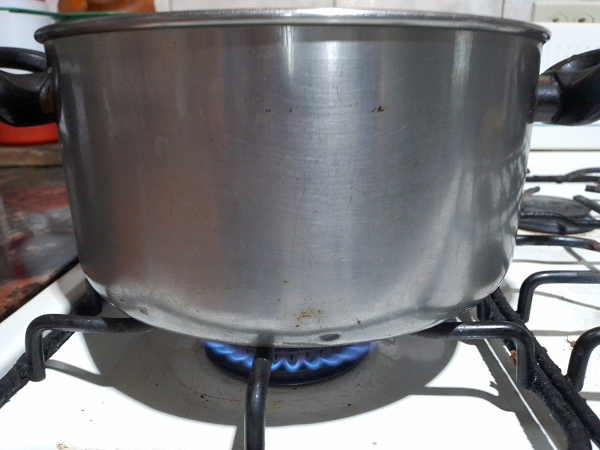
https://www.glitter-graphics.com/images/t/b/480x60/3300/3300536u4yupkyo03.webp
Here it is shown that the jobos are already cooked.
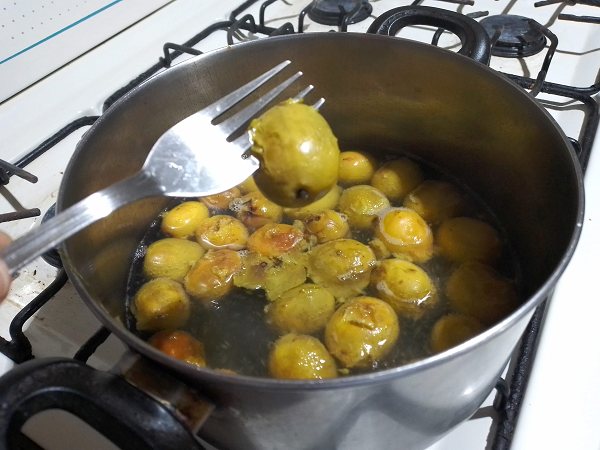
https://www.glitter-graphics.com/images/t/b/480x60/3300/3300536u4yupkyo03.webp
Let it rest to continue with the procedure. The first step was done at night. The next one in the morning when everything is well rested.
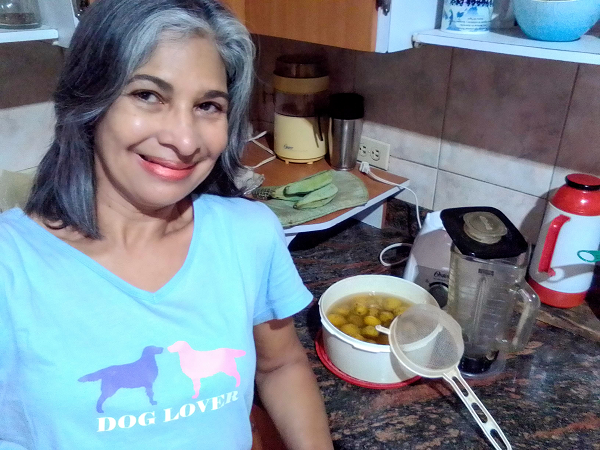
https://www.glitter-graphics.com/images/t/b/480x60/3300/3300536u4yupkyo03.webp
In this step we proceed to remove the seeds from the jobo. Once separated, it is taken to the blender to continue.
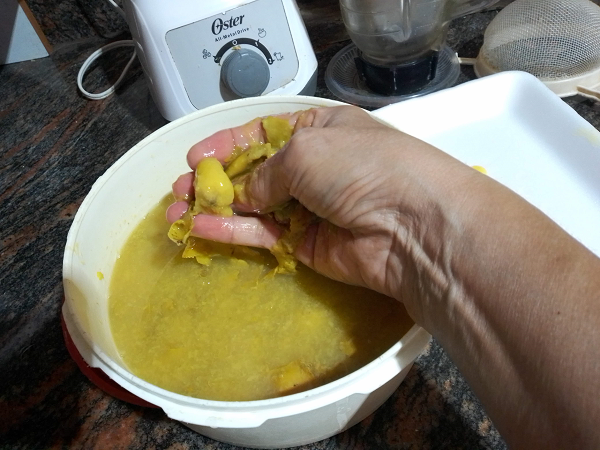
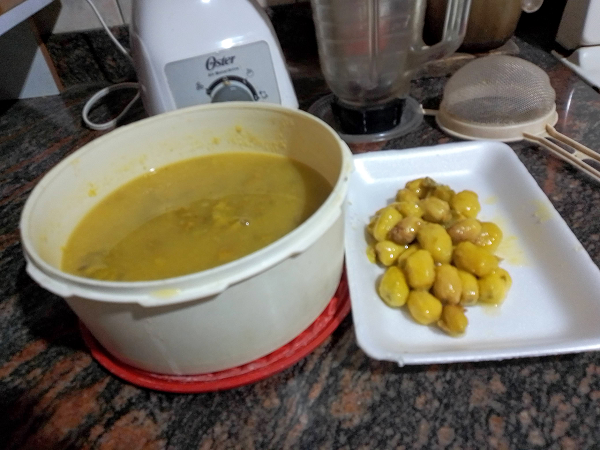
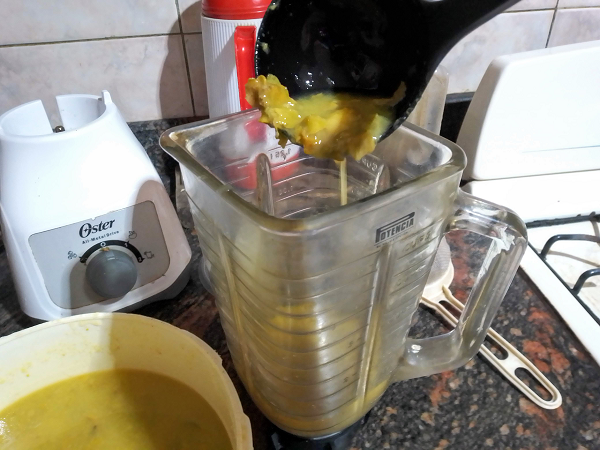
https://www.glitter-graphics.com/images/t/b/480x60/3300/3300536u4yupkyo03.webp
It is left to liquefy for 3 minutes, so that everything is well processed. It is taken to pass it through the strainer. The consistency of the juice can be observed.
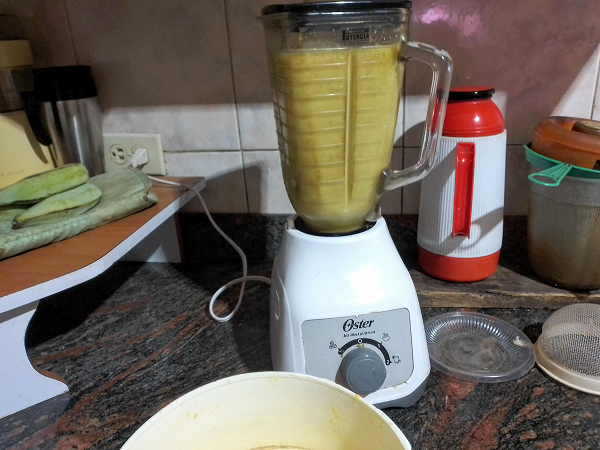
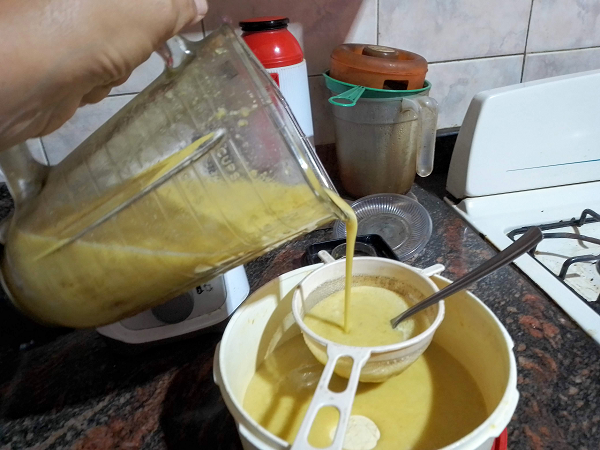
https://www.glitter-graphics.com/images/t/b/480x60/3300/3300536u4yupkyo03.webp
The juice is ready, sugar was not used, as it was said at the beginning, it is optional. The fruit itself gives us its sweetness.
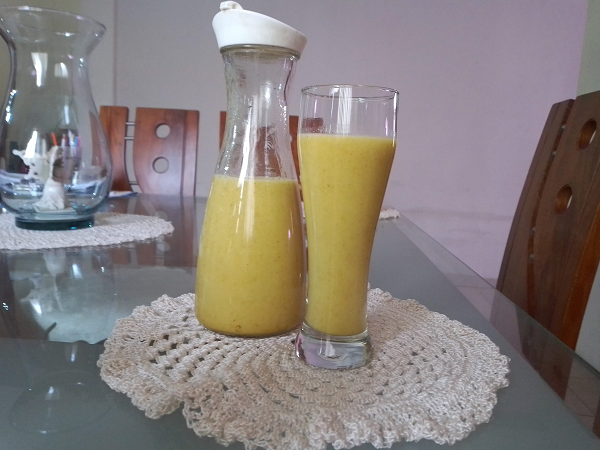
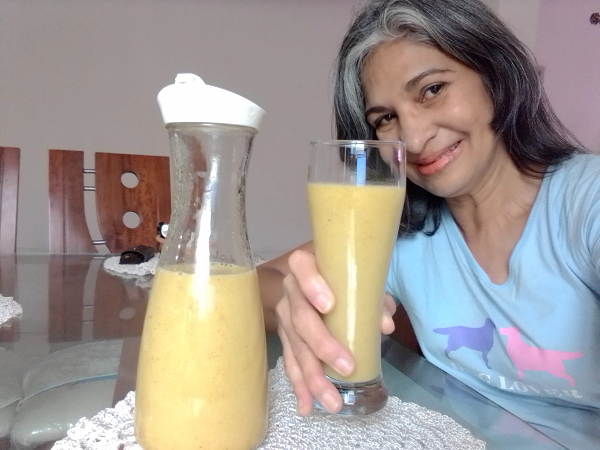
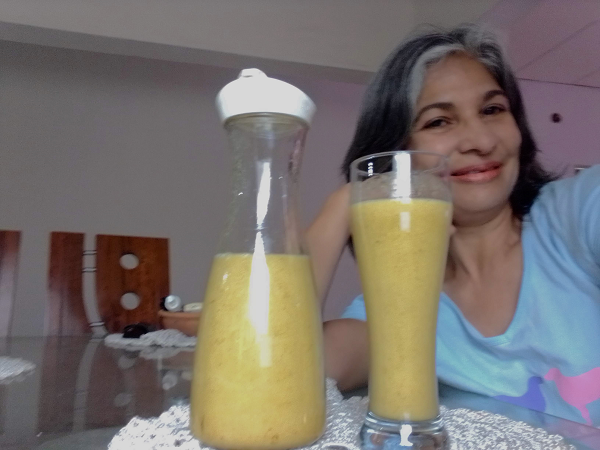
https://www.glitter-graphics.com/images/t/b/480x60/3300/3300536u4yupkyo03.webp
Contenido propiedad de la autora
Imagen de portada editada en Canva con sus recursos gratuìtos, marzo 2025
Fotografias propiedad de la autora capturadas con equipo celular ZTE Blade 2020, marzo 2025
Divisores Fuente
Content property of the author
Cover image edited in Canva with its free resources, March 2025
Photographs property of the author taken with ZTE Blade 2020 cell phone, March 2025
Translator DeepL
Dividers Source


